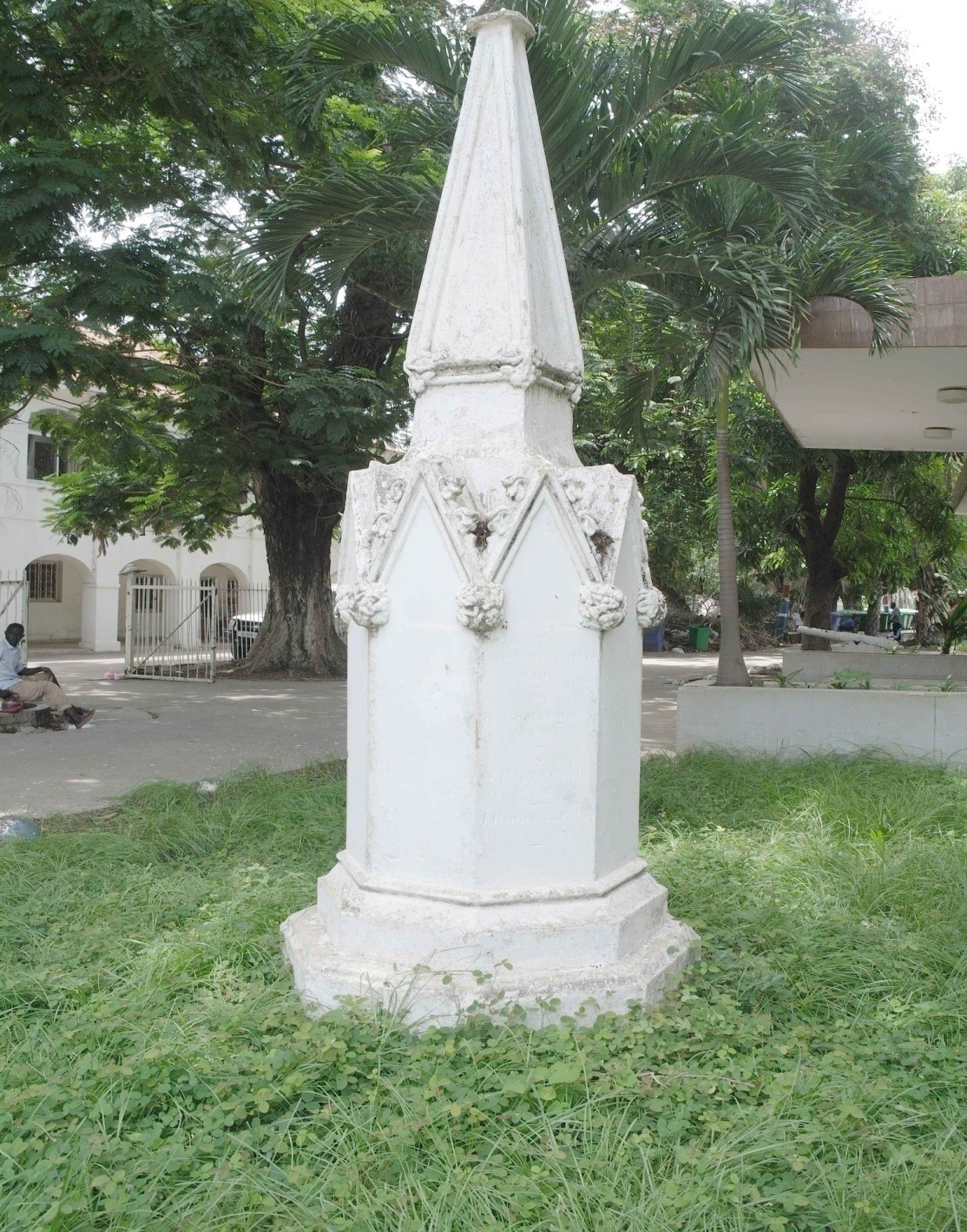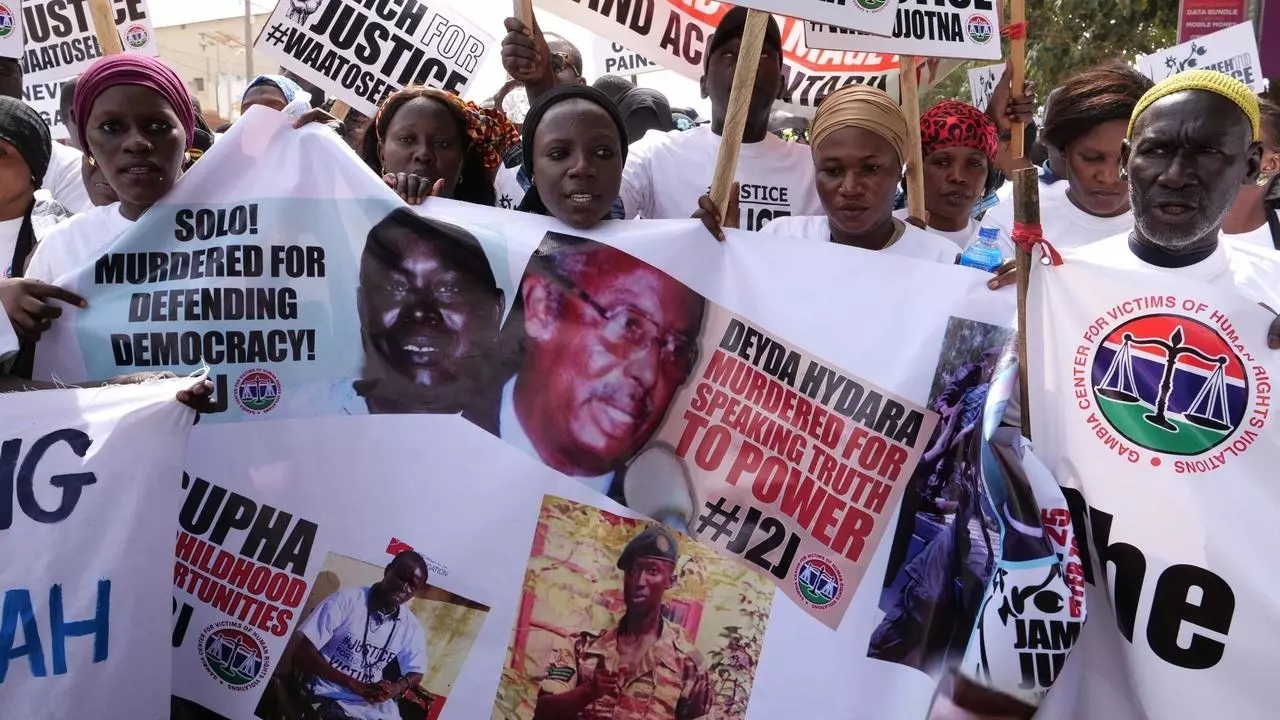By Yunus S Saliu
An epidemic has been part and parcel of The Gambia’s history but one of the memorable among them rated to be the most disastrous and terrible is the frightened Cholera epidemic which hit Bathurst (now Banjul city) in 1869.
This 1869 cholera epidemic, is described by historians as “one of the most terrible and disastrous epidemics in The Gambia’s history ever since.”
As recollected by a renowned Gambian historian, Hassoum Ceesay, in 1869 when the cholera epidemic hit Bathurst, the population of the city at that time was 4000 and out of this number, the cholera epidemic killed 1700 people, which warranted the name of Mokam Town changed to Half-Die in today’s Banjul.
A mass burial was given to the almost 2000 corpses at the Marina Parade, while a Cholera Epidemic Obelisk was erected in McCarty Square to memorialise the 17 white people who died of the Cholera disease. According to Historian Ceesay there is no memorial for the 1700 Gambians who perished.
In his narration, the outbreak of the cholera disease along the West African Coast, the Gold Coast, in particular, quickly reached Bathurst because “those days, river transportation was the only available means of traveling whereby it was the ship that mainly convey travelers to Bathurst. Through these passengers, cholera disease was introduced to Bathurst from thereon it spread to the interior part of the country, particularly to the River Ports like Kuntaur, Georgetown among others.”
The historians added that ‘The most affected part was called Mokam Town, poor and crowded where everybody nearly was wiped out probably because it was by the seaside. This Mokam Town was later becomes (renamed) Half-Die. This is because the population of this area in Bathurst was decimated completely by the disease.”
In detail, “there was a Methodist Priest who went to the heart of Mokam Town for inspection and he was the first person to use the word Half-Die, in his narration he said in some compound he only found a baby sitting in midst of corpses of its parents, sisters, and brothers.”
The Priest added further that people were dying in large numbers without enough manpower to bury the corpses that were also infecting.
Historian Ceesay went on, the death toll reached 1700 because Governor Patey was adamant that he will not spend any money until he get permission from his boss based in Freetown. His action caused more anger and prompted some Aku, Wollof among elders of Bathurst to write a petition to the Governor in Freetown about his deputy’s refusal to spend money to control the disease, and further petition letter to Queen Victoria in England, after the epidemic was contained, that “the governor is having blood in his hand and should be transferred,” this was done.
Charles Pignard; W. Godard; Sam Forster; Maurice Jones the powerful traders and very influential Shipwrights were among the 17 people written and signed the petition against the then governor. “They were community-minded people or activists, who lamented in the petition that the governor was acting bureaucracy while people were dying.”
During this cholera epidemic, people were helpless; the government, too, was helpless there was no money to bury the deaths, and the Colonial Surgeon cannot sit down watching people dying, therefore, he urged the governor to quarantine Bathurst to disallow people entry and going out of Banjul to Kombo and Niumi.
However, it was difficult to contain the epidemic despite quarantine because travelers and visitors continued entering Bathurst through ‘backway’ with the aid of canoes, and to avoid hunger in the community they resisted preventing ships from entering Bathurst, too, “so, on prevention of this epidemic the colonial masters did very poorly in handling the disease,” historian Ceesay lamented.
“These almost 2000 corpses,” he noted, “were buried in a mass grave near where the Women’s Bureau is located in Marina Parade without any symbol of remembrance with exception of 17 ‘toubab’ white people who also died of the cholera epidemic that was memorialised at the McCarthy Square with Cholera Epidemic Obelisk in their honour.”
The Cholera Epidemic Obelisk is one of the heritage sites in the Banjul City Council which the National Centre for Arts and Culture inventoried as part of the heritage sites in The Gambia “although not many people know about the Cholera Epidemic Obelisk,” the historian noted.
Notwithstanding, it is worth knowing that during this year of the cholera epidemic under review, it was only forty white (British) people in the whole country with a few French, and 17 of them died of the cholera epidemic including the Colonial Surgeon. So the epidemic killed the only doctor in the country in 1869, historian HassoumCeesay disclosed.





